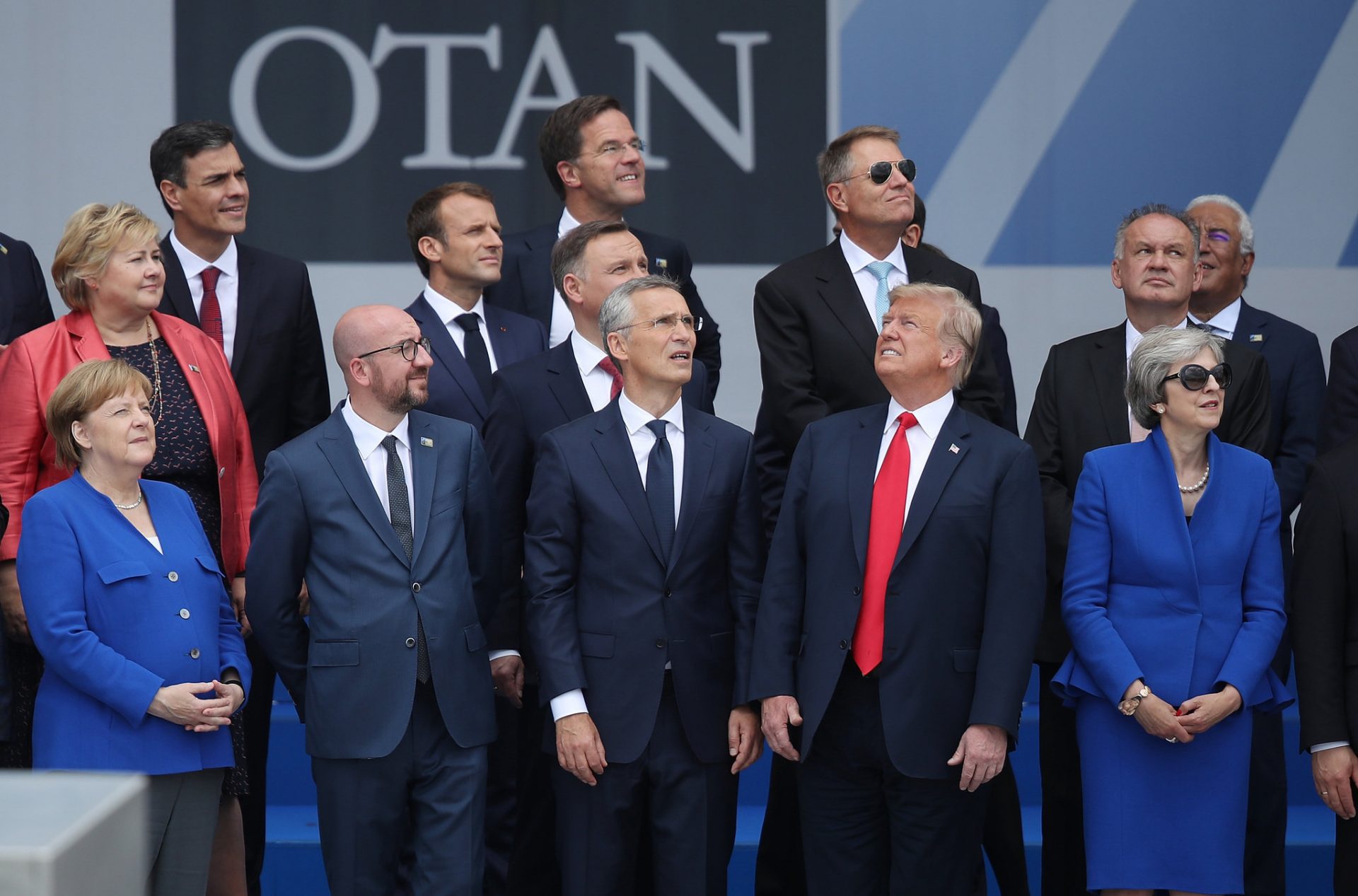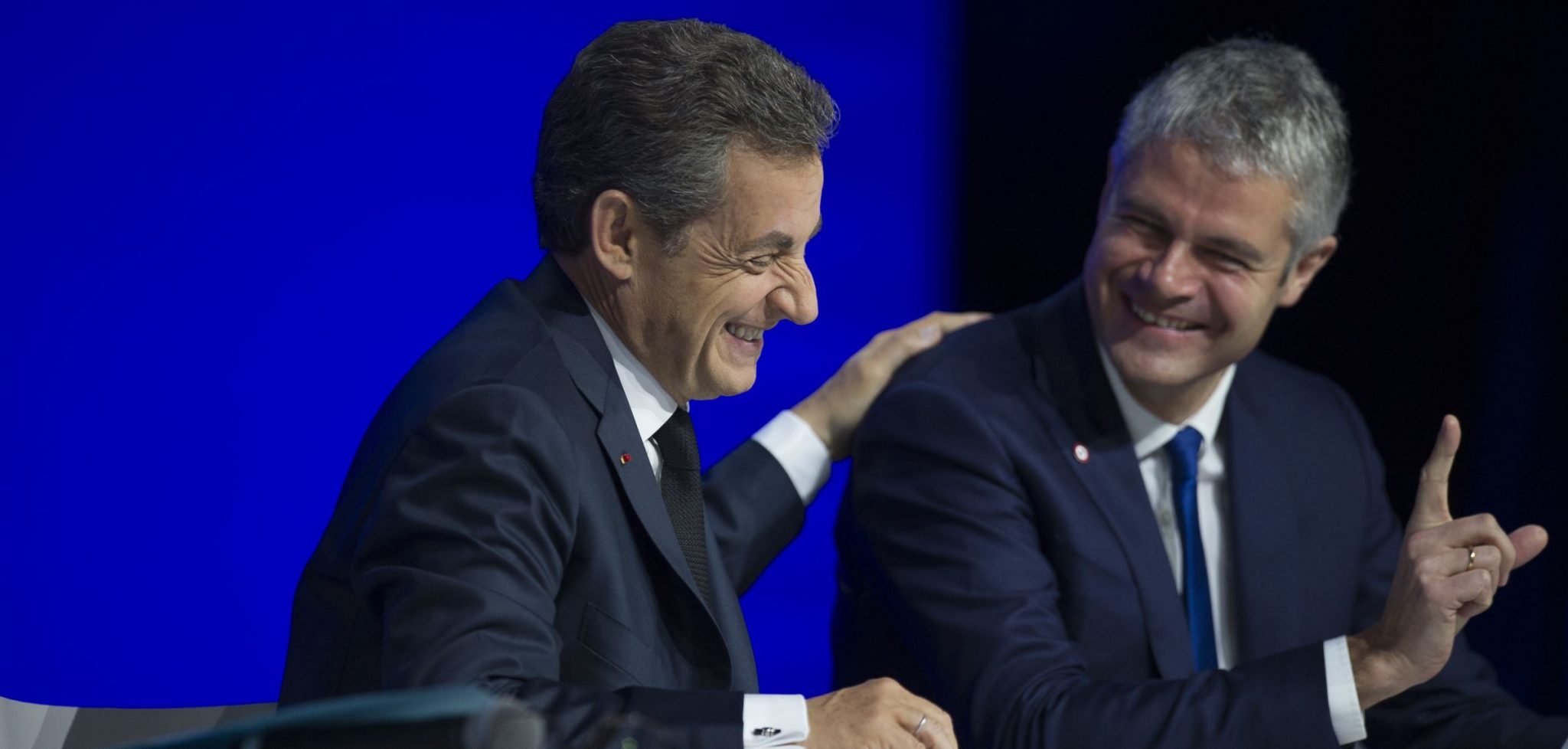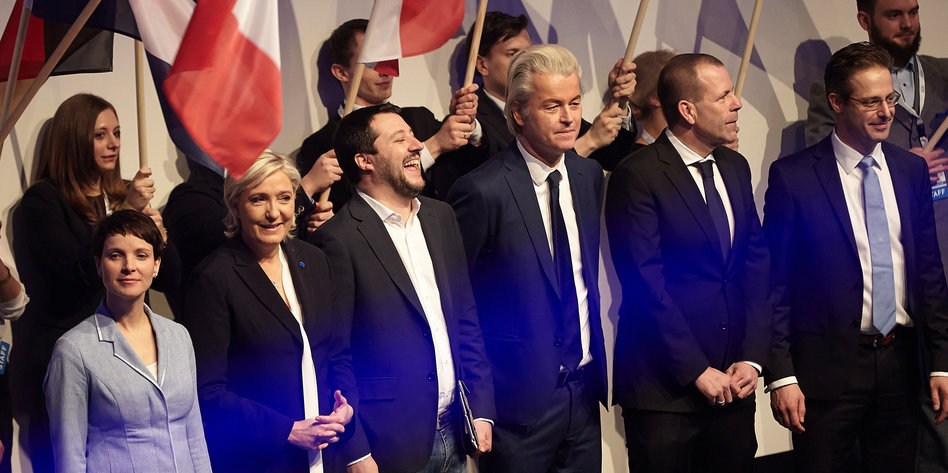
Since he took office, President Trump has called on European NATO members to increase their military spending, in order to fulfil the pledge of 2% of national GDP assigned to defence, made during the 2014 NATO Summit in Wales. However, only 7 out of 27 European members is above the 2% mark, and none of the largest European military powers (apart from the UK) is among them – not Germany, nor Italy, nor Spain, nor France, although it is the only one close to it.
On average, the European members of NATO spend less than half what the US does. Although this budget rift is slowly shrinking, the diplomatic one between the US and Europe is only growing, with president Trump repeating that the time in which Europe could just leave its security in American hands (and funds) is over.
However, as real as that drift may be, there is also strong criticism against Trump’s “diplomatic” strategy of publicly attacking his allies, both in summits and on Twitter. Regarding his impending meeting with Putin in Helsinki on July 16, many claim that president Trump would better serve the interests of America, Europe, and the West, by showing up with a united NATO back in Brussels, instead of meeting Putin four days after a brawl with the Allies. Just a day before the Summit, Donald Tusk, president of the European Council, addressed Trump’s position stating that the US should ‘respect more its allies’, as it may not have that many.
The American President declared that NATO mainly benefited Europe, and therefore there was no reason for the US to be the main contributor. However, NATO interventions have not been undertaken only on the European continent. Indeed, NATO, and so EU States, have led military operations against terrorism in the Middle East (after 9/11) alongside American troops, therefore helping the US in one of its main national security policy.
Trump’s declarations and decisions during the Summit will certainly determine the outcome of his bilateral meeting with Putin that is to take place after the NATO Summit. The American President’s rhetoric already being blurry when it comes to Russia, his position could be driven and shaped up by this later event. In other words, the Russian leader not being thrilled to see troops at its European border might result in Trump deciding to accommodate Moscow’s apprehensions; how that would be translated into reality is yet to be seen.
The future of NATO is one of the most important issues on the international agenda for these two days. Following the different international meetings and the latest declarations by the heads of state, several scenarios are possible. The first one would be that the US and the other members would manage to work together, and therefore would allow decisions to be taken.
The second situation would be that the rift between President Trump and the European Union, and most particularly the major Western powers, would widen even more. However this scenario would mean a united Europe, which leads to the third possibility: differences between the US and within the European Union as well.
Meanwhile, the EU continues to foster its military integration and capabilities. After the launch of PESCO in 2017, the European Commission intends to allocate 27.5 billion euros to defence throughout the 2021-2027 framework. The current geopolitical landscape and its development encourages Member States to push harder for military integration; not only because of the US drifting away, but also because of instability and threats coming from Southern and Eastern neighbours of the EU, the challenges posed by Russia and China –, not to mention that Brexit will probably facilitate integration efforts (explain).
However, integration in such a delicate, sovereign area as defence seems to keep on being difficult to achieve. Political divisions and military weaknesses in some EU Member States make PESCO to ‘drag its feet’, as even some strategic distrust among EU countries remains. This is what made President Macron to shift to the setting of a rapid deployment force aside from PESCO – even aside from the EU, as he intends to include the UK in the initiative –, as his goal has always been an integrated, swift European force.
Nonetheless, some PESCO initiatives are in fact taking off, as it is the case with military mobility, the only one of the 17 PESCO projects in which all EU States are participating (although France is only an observer). Ensuring that military units can easily deploy and move across Europe if needed seems to be of the interest of both the EU and NATO, judging by the declarations of its leaders after signing the second EU-NATO Joint Declaration on July 10, 2018.
Although both organisations agree on their ‘shared vision for future cooperation’, NATO keeps a cautious approach to EU military integration, as six States of the Union are not NATO members (Austria, Cyprus, Finland, Ireland, Malta, and Sweden). The Alliance fears the EU to pursue different priorities in some fields, and thus dedicate more funds to European integration than to Atlantic cooperation. In fact, NATO Secretary-General has repeatedly stated that EU initiatives such as PESCO or the European Defence Fund must be a complement, and not an alternative, to NATO.
EU countries not members to NATO were ‘encouraged to participate’ in the Joint Declaration; however, with American criticism and Russian pressure threatening the Alliance, and a growing commitment of the European Union to propel defence integration, European governments may be assuming that military integration at the EU level is the best option to ensure their interests and reinforce the European role in an increasingly multi-polar world.
Meanwhile, countries like Macedonia, which just signed an agreement with Greece to solve a decades-old dispute over its official name, are awaiting accession both to the EU and NATO. Asked about why Macedonia would want to join the Union when the UK is leaving it, its foreign minister suggested that ‘perhaps those inside forget how cold it is outside’.
In a nutshell, European allies may well remind President Trump that the EU is in fact the best and largest ally the United States has had so far. In a time of increasingly autocratic leaders like Xi Jinping or Vladimir Putin, which actually pose a threat to the American role in the world and the current international order, a kinder treatment to the allies and an image of NATO unity would better serve the interests of Euro-Atlantic relation. Especially regarding the Trump-Putin meeting in Helsinki, as it would only be in Moscow’s interest to have a divided NATO and, particularly, a divided Europe.
Moreover, the EU military integration is not necessarily opposed to NATO cooperation, as it could actually save considerable amount of money from EU States by pooling resources and supressing duplicities, thus allowing for streamlined contributions to NATO. If the EU manages to turn into an integrated military power – which is yet far from happening –, it would provide for a powerful voice supporting multilateralism and rule-based international order. The question is, is that what Trump’s America really wants?



